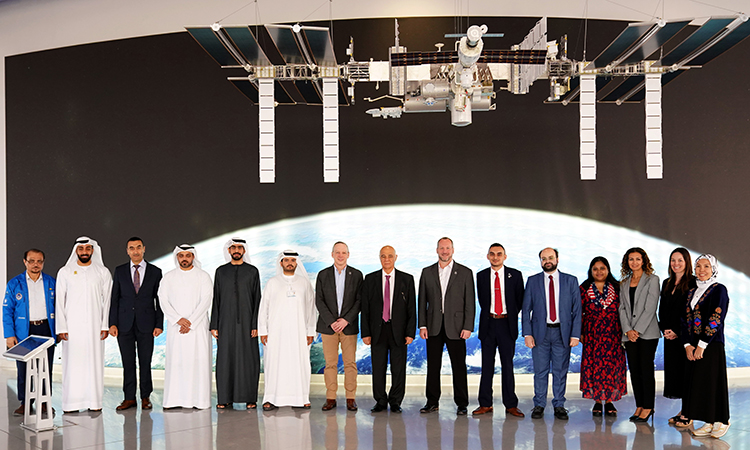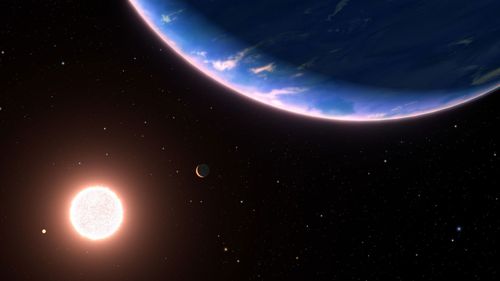-
Astronomers witness 18 ravenous black holes ripping up and devouring stars
It’s a cosmic jungle out there for stars that venture too close to black holes. A team from the Massachusetts Institute of Technology has found 18 new examples of black holes that are ripping apart stars and feasting upon their remains. This result more than doubles the number of gruesome, star-shredding Tidal Disruption Events (TDEs)…
-
The best telescopes for deep space
A colorful shot of the Orion Nebula, created by blending multiple sets of long exposures. Credit: Alan Dyer Note: This post contains affiliate links. When you buy a product through the links on this page, we may earn a commission. Are you ready to explore the distant galaxies, nebulae, and star clusters that speckle the…
-
6 Great Space Images in January
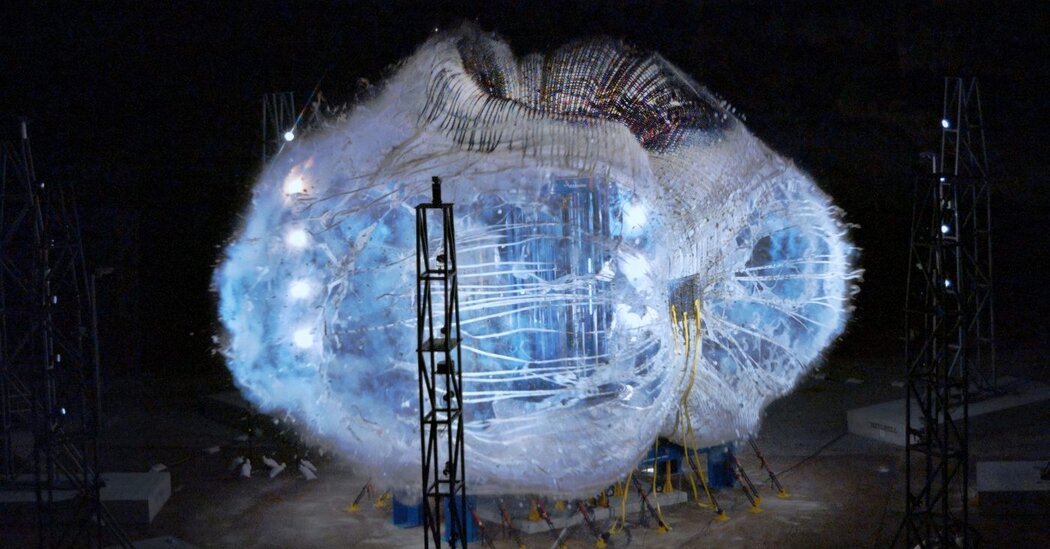
Skip to contentSkip to site index Science Today’s Paper Advertisement SKIP ADVERTISEMENT Site Index Site Information Navigation © 2024 The New York Times Company NYTCo Contact Us Accessibility Work with us Advertise T Brand Studio Your Ad Choices Privacy Policy Terms of Service Terms of Sale Site Map Canada International Help Subscriptions Manage Privacy Preferences
-
James Webb Space Telescope Captures Amazing New Images of 19 Distant Spiral Galaxies
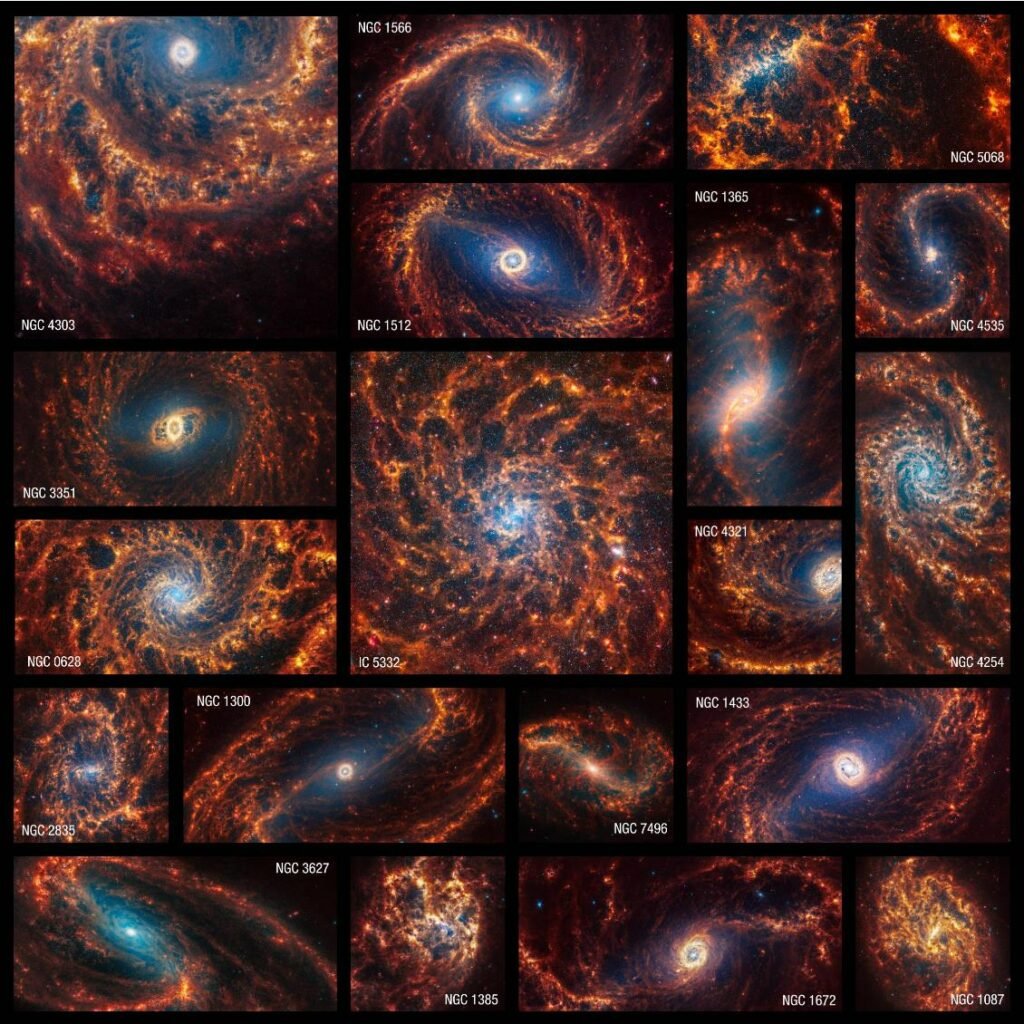
NASA’s James Webb Space Telescope (JWST) has captured a stunning new series of near- and mid-infrared images that depict 19 nearby spiral galaxies in vivid detail. The achievement, part of the Physics at High Angular resolution in Nearby GalaxieS (PHANGS) project, provides a level of clarity and detail in the new imagery that offers astronomers…
-
What you can look forward to at annual gathering of astronomers

Bengaluru will host the largest annual gathering of astronomers from India when the 42nd meeting of the Astronomical Society of India will be held in the capital of Karnataka. According to the Astronomical Society of India, scientific discourses focussing on the Sun, planets, black holes and beyond will be held from January 31 to February…
-
Comets, meteors and supermoons: A star-gazer’s guide to 2024
A supermoon rises over Auckland in May 2021. Two supermoon events are due this year in September and October. Photo / Michael Craig Comets, conjunctions, meteors and supermoons: there’s plenty on the calendar to keep stargazers busy in 2024. Science reporter Jamie Morton looks at the year’s highlights in space and astronomy. Launches and fly-bys…
-
Sharjah Academy for Astronomy, Space Sciences, and Technology hosts panel discussion
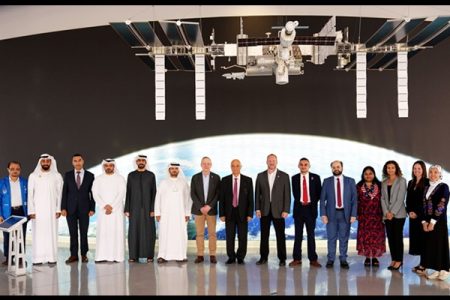
The panel discussion witnessed the active participation of a distinguished delegation representing the NASA, the US Embassy in Abu Dhabi and its Consulate General in Dubai. Photo credit: WAM In a significant stride towards fostering knowledge and awareness in the realm of space exploration, the Sharjah Academy for Astronomy, Space Sciences, and Technology (SAASST), affiliated…
-
Sharjah and NASA discuss future of space exploration
The SAASST conducted a panel discussion titled: ‘The Future of Space Collaboration: Preparing the Next Generation for Deep Space Exploration’. Gulf Today, Staff Reporter Stemming from its keenness to fostering collaboration with various institutions and companies specialising in space and astronomy, the Sharjah Academy for Astronomy, Space Sciences, and Technology (SAASST), an affiliate of the…
-
The moon could be perfect for cutting-edge telescopes — but not if we don’t protect it
Space scientists are eager to protect the option of doing astronomy from the moon. There are plans in the works to place astronomical hardware on the lunar landscape such as super-cooled infrared telescopes, a swath of gravitational wave detectors, large Arecibo-like radio telescopes, even peek-a-boo instruments tuned up to seek out evidence for “out there” aliens. …
-
Astronomers make unprecedented discovery in search for water in space
Astronomers using the Hubble Space Telescope have detected water molecules in the atmosphere of a small, blazing-hot exoplanet 97 light-years from Earth. The planet, named GJ 9827d, is about twice Earth’s diameter, and it’s the smallest exoplanet found to have water vapour in its atmosphere, according to a new study. Water is essential for life…
